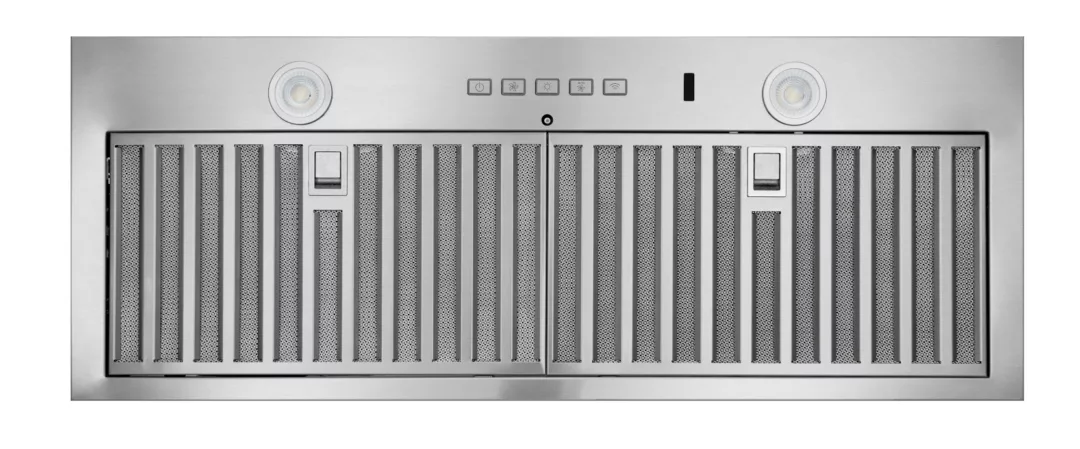Estimated reading time: 4 minutes
Cooking with gas stoves can be a convenient and cost-effective option for many homeowners. However, there are concerns about the potential health risks associated with using gas stoves without proper ventilation.
Recently the Consumer Product Safety Commission (CPSC) fired a shot across the bow to the appliance industry: “a ban on gas stoves is on the table.”
According to the latest American Housing Survey (AHS)1 See AHS states and graphs in this article estimates, there are a little over 142 million housing units in the US. Sixty percent of those units use electric stovetops, 39 percent use gas, and 2 percent have no stovetop cooking ability at all.
I believe the CPSC has cranked up the heat because, for years, appliance manufacturers have paid little to no attention to technology that would help protect the public from the CPSC’s biggest concern – indoor air quality.
Let’s explore the differences between using gas stoves with and without venting devices. First, we’ll need to define the two types of ventilation systems used in homes, whether the stove is electric or gas.
A recirculating venting system filters the air inside the home and re-circulates it back into the kitchen. The filter and fan system will require maintenance to help control odor.
On the other hand, a vented system removes the air from the kitchen and vents it to the outside of the building. The vented system should be installed according to the manufacturer’s instructions and local codes.
When using a gas stove without any venting system, the air inside the home can become contaminated with pollutants such as carbon monoxide, nitrogen dioxide, and formaldehyde. These pollutants can cause respiratory problems, headaches, and other health issues.
In addition, cooking (with electric stoves or gas stoves) without ventilation can lead to an accumulation of moisture, leading to mold growth and other indoor air quality issues. Think of the Thanksgiving Turkey being cooked at your grandmother’s house – did the windows fog up? She most likely didn’t turn the vent fan on and overloaded the home with moisture. That moisture and all the other particulates need to be vented to the outside of the building.
Vented systems are considered the most effective way to remove pollutants and improve indoor air quality. These systems vent the air directly to the outside of the building, effectively removing pollutants and moisture. However, vented systems can be more expensive and, based on kitchen or building design, may not be an option for all homes. A professional should install a vented system properly to ensure it works effectively and safely. Improper installation can lead to air leaks, inefficiency, and even fire safety hazards.

When choosing a vented system, the top two considerations from homeowners I’ve spoken to are 1) noise (no one wants to hear the motor of a vent hood) and 2) shutting the system on and off when they cook (most cooks want the fan to turn on and off as you cook automatically). Please don’t make me think about it. Just turn the fan on when my stove gets hot.
The 2022 Good Design Award winner does just that…it turns on when you start cooking.
The HBN1 series by Broan features innovative SmartSense® technology (basically, it uses an infrared sensor) that enables the range hood to automatically detect heat from the cooking surface and turn it on. Once operating, it adjusts its speed, quickly and effectively removing odors and pollutants while cooking. It also offers voice activation capabilities via Wi-Fi connectivity for easy, hands-free operation.
Using a gas stove without proper ventilation can lead to indoor air quality issues, including respiratory problems and mold growth.
While recirculating venting systems can help to improve indoor air quality, they may not be as effective as vented systems. Vented systems are considered the most effective way to remove pollutants, but they can be more expensive to install and may not be an option for all homes.
It is important to note that a professional should install the venting system properly to ensure it works effectively and safely. If you’re concerned about the potential health risks of using a gas cooking device, it’s important to discuss your options with your inspector, builder, or seller to find the best solution for your home.
This Article's Footnotes/References
- 1See AHS states and graphs in this article
- - - - - - - - - - - - - - - - - - - - -